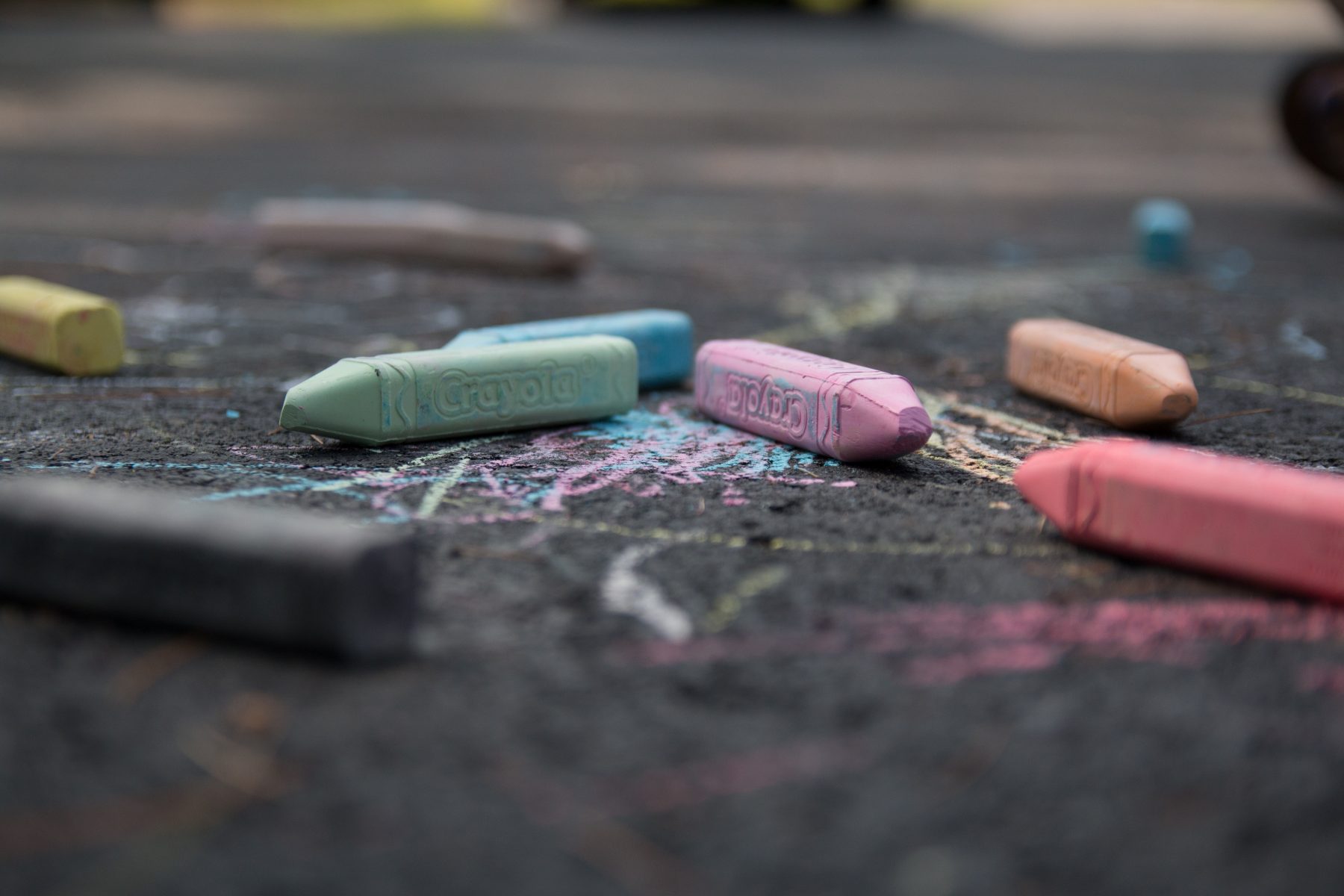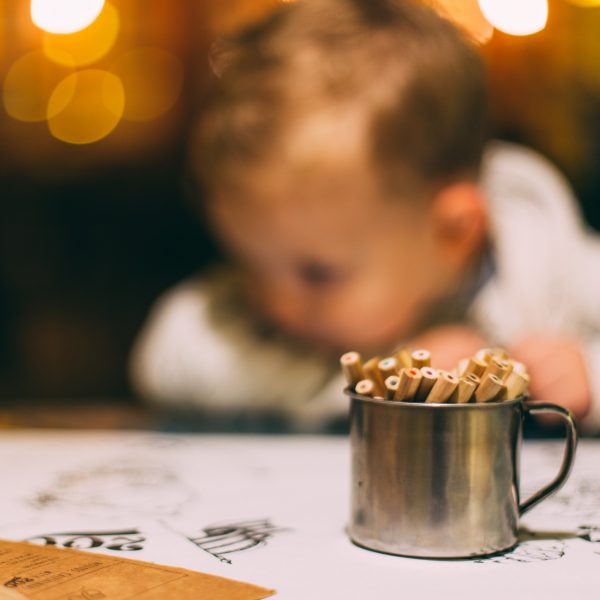Want to improve your kids’ writing? Let them draw

We love our kids’ first drawings. They draw before they write, so their drawings seem somehow miraculous in those early years – their first communication that is permanent and there for all to see.
Preschool is all about drawing and painting. Large canvasses of abstract finger paintings give way to recognisable broad stroke figures, houses, and sunny skies. We celebrate every image and give them pride of place on the fridge door.
The disappearance of children’s drawings
Once school starts, nobody really takes drawing seriously anymore. In the classroom, drawings begin to take second place to writing. Young children quickly learn that success at school is measured by how well you can read and write, not by how good your drawings are. Their drawings are now just decorations that they get to do if they finish their writing.
Too often in classrooms we view drawing as a crutch, or a distraction that we want children to grow out of, so they can focus on the ‘real’ task of writing.
But we seriously misunderstand the function of drawings, and their contribution to learning, if we think they are just what children do when they can’t yet write.
Drawing is not the evolutionary inferior to writing – writing and drawing are two distinct communication systems, and each deserves their place in the communicative repertoire of our children.
Drawing improves writing
Drawing and writing support each other. The poet e.e.cummings was both an artist and a writer, and when asked whether these two pursuits interfered with each other, he replied,
‘On the contrary, they love each other’
And his experience is backed up by the research.
Children who draw before they tackle writing tasks produce better writing – it’s longer, more syntactically sophisticated and has a greater variety of vocabulary. It is likely this is because the act of drawing concentrates the mind on the topic at hand, and provides an avenue for rehearsal before writing – rather like a first draft where they can sort things out before having to commit words to a page.
If you have ever read a 10 year old’s long and winding story you will know how much a first draft would enhance comprehensibility. And if you’ve ever taught 10 year olds you will also know they are not terribly inclined to do multiple written drafts. They’d rather sum up all their story’s inconsistencies with ‘It was all a dream’ than follow a teacher’s suggestion to go back and make significant changes.
As a first draft, drawings are much easier to erase, to add to, and to rearrange. They provide a common reference point for the teacher and the child to discuss the story before it is written, and this is an important additional oral rehearsal that strengthens the quality of the writing. Ideas are clarified and vocabulary strengthened.
The message to teachers is a simple one – instead of telling children they can draw a picture if they finish their writing, have them draw before writing.
Just for the talented few?
Drawings are not the sole province of the ’talented’. Of course there are children with a natural talent for drawing, but they shouldn’t be the only ones who enjoy drawing, any more than we think only the naturally talented writers should write.
Everybody should have the opportunity to use drawing as a means of expression and communication – just as everyone should learn to write. And for those children with a drawing talent, closing down drawing in the classroom can feel to them like just another brick in the wall.
Everyone can learn to draw
Drawing is a teachable skill, just as writing is. Most of us have a romantic notion of drawing – we see someone who produces life-like images and sigh, knowing we could never do that.
The child who claims to be bad at drawing, furiously erasing parts of their drawing till the paper wears away, has probably learned what ‘good’ drawing is from unthinking comments from adults who have ‘helpfully’ observed that the sky isn’t red, or that their Easter bunny looks like a kangaroo.
Indeed there does come an age, usually around 8 or 9 years, when we begin to see our drawings as others do, and most of us are usually disappointed with what we see – and give up on drawing. But actually, with tuition and encouragement, all of us can learn to draw pretty well, and more importantly, feel the pleasure that comes with this kind of expression.
To promote a classroom where drawing is valued, get rid of colouring in stencils. Let kids freehand draw and paint, and don’t be afraid to teach some drawing skills so they can get what is in their mind’s eye down on paper. You won’t be stifling their creativity, you will be ensuring they never lose it.
Drawing helps in other academic areas
We understand things more deeply when we see them from multiple perspectives. Drawing what you have understood from a reading passage, drawing the science experiment you have just done or drawing the detail of an autumn leaf are all examples of engaging with the same learning from a different angle.
For most children, this helps consolidate the learning but for some children it can be the key they have been waiting for to open the door to the learning. The confidence and self belief this gives them can change their attitude and engagement with other aspects of schooling.
Closing doors and building walls
If our only measure of success at school is performance in standardised literacy and numeracy tests, schools will be tempted to narrow their curriculum and to sideline the Arts. It is already happening.
This is disastrous, not just for the Arts and all their intrinsic worth – but for the reading and writing skills we are so focussed on improving.
Drawing improves children’s writing, and can enhance learning in other areas – so let kids draw.![]()
Misty Adoniou, Senior Lecturer in Language, Literacy and TESL, University of Canberra
This article is republished from The Conversation under a Creative Commons license. Read the original article.
Popular

Workforce
Policy
Quality
Practice
Provider
Research
ECEC must change now, our children can’t wait for another inquiry
2025-07-02 07:47:14
by Fiona Alston

Events News
Workforce
Marketplace
Practice
Quality
Provider
Research
An exclusive “Fireside Chat” with ECEC Champion Myra Geddes
2025-07-01 11:25:05
by Fiona Alston

Workforce
Practice
Provider
Quality
Research
Supporting successful transitions: Big moves, big feelings
2025-06-26 11:00:30
by Fiona Alston











